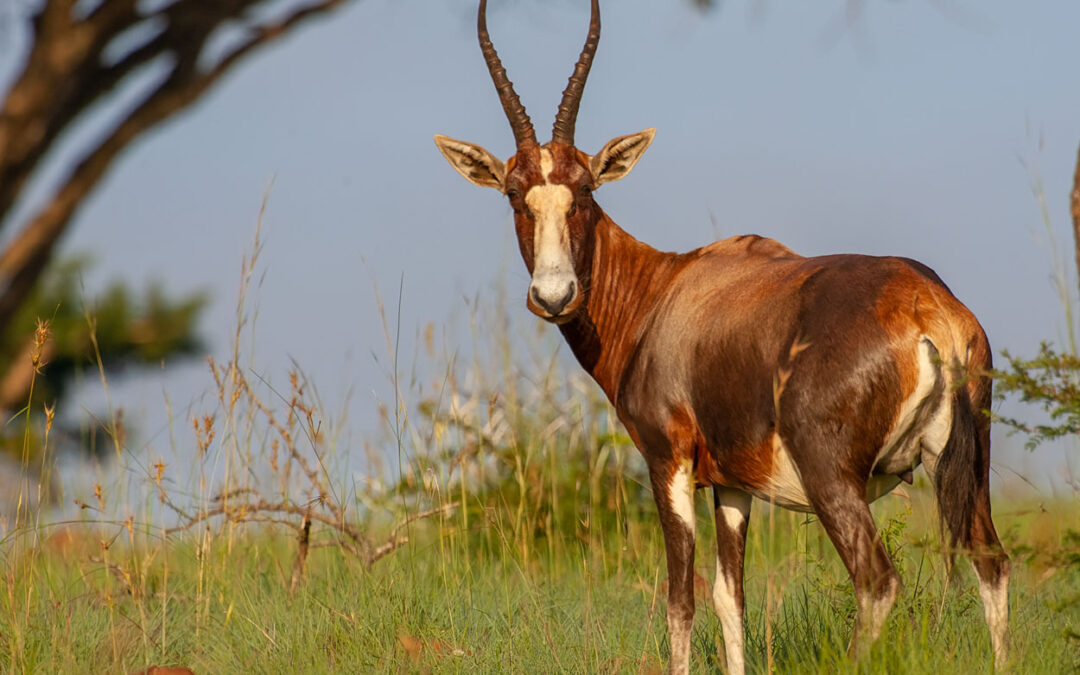Image credit: Douglas Bolt
The second step of our five-step plan for a wellbeing approach to conservation is adapting the survey and collecting the data. Step one was focused on how deep-listening can radically and positively transform data collection, in turn ameliorating how we go about conservation projects and community wellbeing. Step two, adapting the survey and collecting the data, focuses on taking the data collected in step one and using it to adapt our “Wild Happiness” index to better suit the community, creating a wellbeing baseline. This can then be used for tracking and assessing future projects.
OneNature and the Happiness Alliance have developed a peer-reviewed validated community wellbeing index, the Wild Happiness Index, that is designed to assess life satisfaction, the many domains of wellbeing, and communities’ feelings about wildlife and nature around them. The Wild Happiness Index is based on Bhutan’s Gross National Happiness (GNH) framework and designed to be used by project managers in community-based wildlife conservation projects.
While the wildlife conservation field has continued to grow to better incorporate community wellbeing, it has proven to be quite difficult to advance the two simultaneously. This is why a survey that measures wellbeing is vital; The joint objectives of enhancing community wellbeing and protecting wildlife are better achieved by r collecting data on wellbeing within the context of community-based wildlife conservation projects. By using this tool, we are able to explicitly link and assess the effectiveness and sustainability of wildlife conservation with the perceptions of the community about improvements in their lives.
Our wellbeing approach to wildlife conservation is a five-step process. Step two, adapting the survey and collecting the data, is an essential component that tailors the survey and data-gathering experience to the targeted community. OneNature is a firm believer in the view that each community can benefit from a survey that is beased on the best wellbeing data collection practices and that uses their own perceptions of their lives to create conservation projects and evaluate the sucess of these projects.
